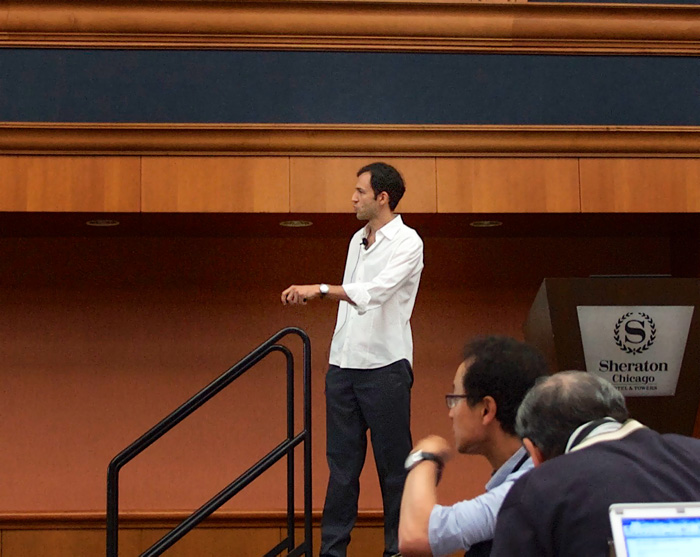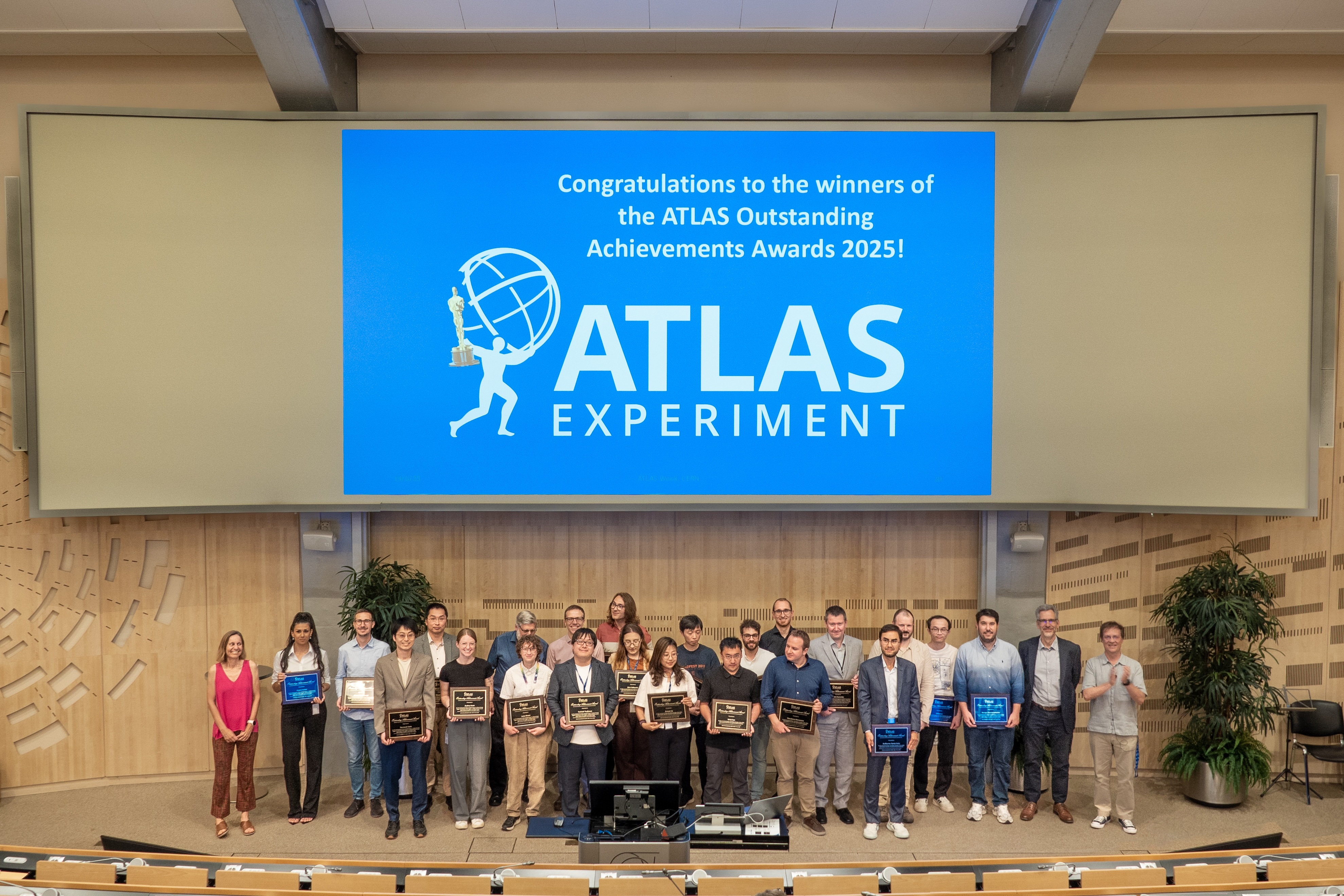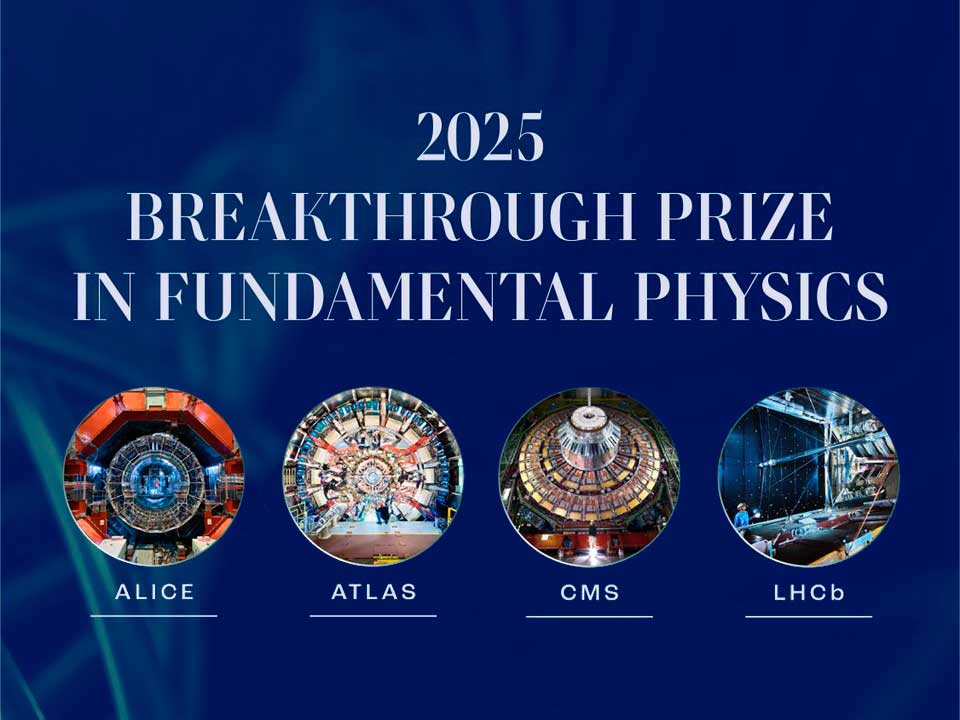ICHEP results presented with style!
8 August 2016 | By

For those of you with an affinity for Twitter, you’ll know that the ICHEP press crew have been utilising all of their dark arts to bring you the most interesting results as they’re presented at ICHEP 2016 - mostly via a Tweet barrage so intense you’d think Orlando Bloom and Katy Perry had been spotted surfing past the conference hotel (I’d advise you not to google that reference in a crowded conference room). I possess none of the press team’s occult powers and it’s beyond my ability to summarise even 1/100th of the cool stuff I’ve seen over the past few days (not to mention my word count), so instead I’d like to talk about something that doesn’t often get much attention; how physicists actually present results and, more importantly, how to do it well.
Presenting results is hard. Making good slides is hard. Resisting the urge to throw things at the audience is hard (hitting them is easy because they’re usually staring at their laptops). It’s crucial to present results well because this is the moment to show them to a wider audience than they would normally receive and that is when ideas are born! Top quark physicists are going to read your ttbar cross-section results before you present them, but how often are you going to get a neutrino physicist to pay attention to your work? And therein lies the crux of the issue, attention. Giving a good conference talk is like teaching hung-over undergrads; if you do it right, they’ll be so entertained that they won’t even notice that they’re learning. If you do it wrong, they’re going to fall asleep in the front row. Giving a good conference talk is all about keeping the audience’s attention.


There are many ways of presenting results in an engaging manner and over the past few days I’ve seen some great examples (see T. Richert's slides about diversity and inclusion or Tova’s slides about the InParticular podcast for expertly crafted talks). One of my personal favourites, and one employed to great effect by Bruno Lenzi whilst presenting the ATLAS di-photon results, is humour. If you want people to remember your talks, put in some jokes! Here’s how it works:
- Start your talk with a Big Obvious Joke. Something cultural, current, non-offensive, and vaguely relevant to what you’re presenting. If you start your talk with something very obviously funny and perhaps a little absurd, you’re advertising that it’s OK to laugh.
- Add some non-obvious Easter eggs. Don’t point them out, leave it to the audience to spot them. If they see them, great, if they don’t well it doesn’t matter anyway. For example, in my talk, I changed the date on my slides to 2^2 / 2^3 / 2^4 (shamelessly stolen from a Facebook post). I’ve never pointed this out, but someone commented on it at the end and it got a good laugh.
- As with all comedy, style is just as important as content. Personally I’m a fan of the deadpan delivery. A straight face, a lingering pause at the right time, and a significant glance at the audience to confirm that, indeed your exclusion plot is shaped like something unmentionable, always gets a chuckle when executed with confidence.
- Never EVER, explain your jokes. Don’t give into that voice in your head screaming “what if they don’t get it?” Not listening to the voices in your head is always good advice, no matter how tempting it might be to grab those matches.
- Don’t over do it. I try to have only 1 or 2 obvious jokes per 10 minutes of talk. The goal of jokes is to maintain interest so that people don’t notice that they’re learning about how awesome your chosen topic is, but they shouldn’t distract from what you’re trying to say. (In my case, this is always that top quarks rule and new particles that prefer di-photons instead of top quarks aren’t worth having.)
- Don’t be afraid! No speaker is naturally confident, no speaker stands up in front of a room without nerves. Every speaker that you think is naturally confident is simply acting. We’re all nervous, all the time, without exception, and we’re all imposters on a stage together. Be brave and I promise it will work out fine.
So many of the talks here at ICHEP have been excellent, but one for me stood out as adhering to all of the above points: Bruno Lenzi’s presentation of the ATLAS di-photon results. It can’t be easy, standing up in front of hundreds of people to explain that the theory community's favourite data fluctuation has fluctuated away. Knowing that expectations were high, and the tension palpable, Bruno resisted the urge to be direct and deliberately “trolled” the audience not once, but twice – teetering on the edge of the crucial slide and pivoting back to 2015 data at the last moment, before finally showing everyone the new 2016 data. All of this delivered with perfect comic timing, a deadpan stare, and even a slight, mischievous grin.




